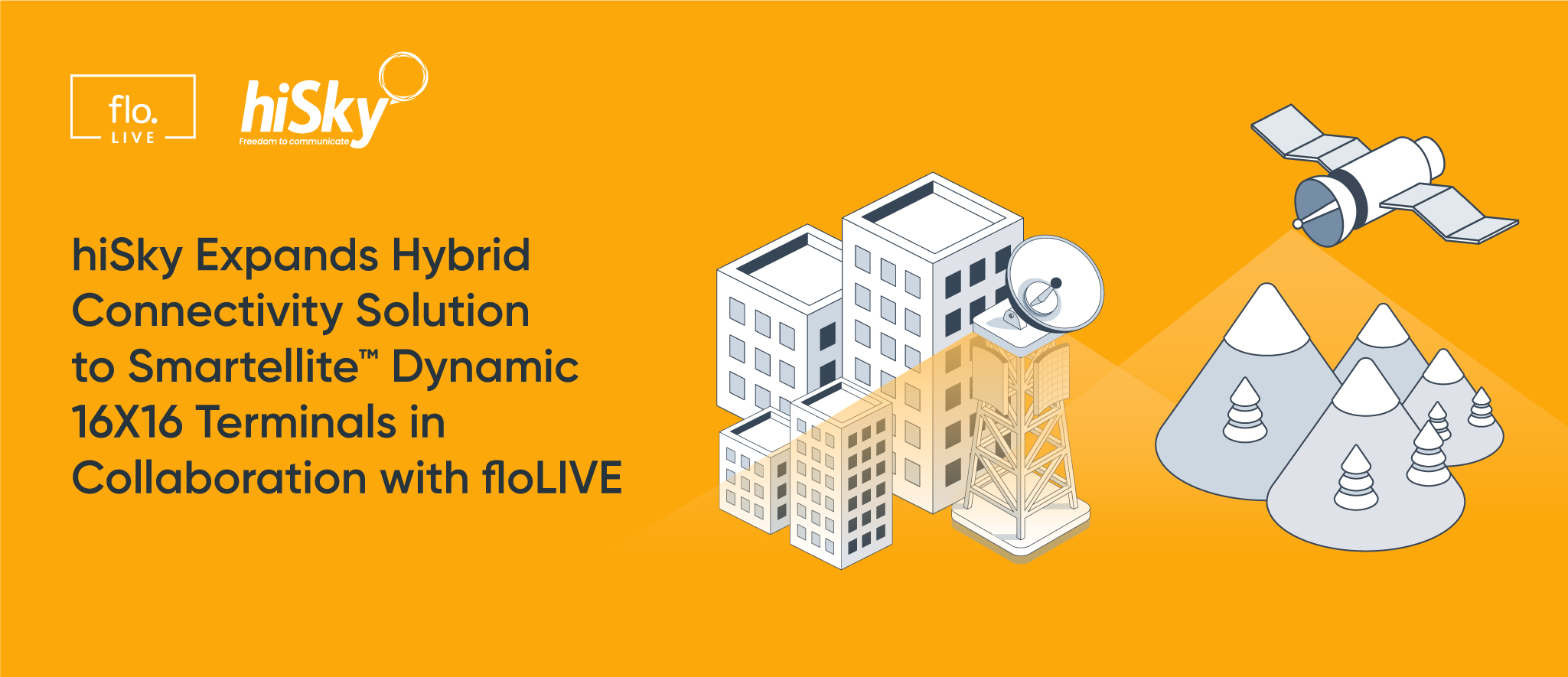Page Contents
The Old vs New Way of Reselling Connectivity

Page Contents
So, you want to sell connectivity. Whether you’re an existing reseller or you’re just starting out, connectivity solutions have the potential to supercharge your business. They can delight your customers by offering them intelligent IoT solutions that increase their revenues and add strings to their bow. But those times, they are always a’changing – and the way that resellers get access to connectivity has done a serious turnaround.
If you’re still approaching operators directly, it’s time to rethink the way you do business.
The Traditional Model of Reselling Connectivity
Let’s start by thinking about how resellers traditionally managed their business. To support enterprises with specific connectivity needs, a reseller would approach an operator directly who could provide coverage in the right location.
However, the simple truth is that most operators aren’t interested in working with smaller companies, as they can’t get value out of the relationships, both because of the limited potential revenues associated with the partnership, and the effort they will need to maintain it. They prefer to partner with large enterprises directly, where they are making a large return from the connectivity they provide.
If they do work with smaller companies, they aren’t creating niche solutions that meet the enterprises’ needs. Instead, they have developed a “small enterprise package.” This means they are offering a cookie-cutter approach to connectivity, where enterprises will almost certainly need to adjust their expectations to meet the solution, rather than the other way around. For example operators will have fixed rates which they roll out for all small enterprises, which may not work for the business use-case, such as low ARPU devices in IoT. This status quo is what you will pass on to your customers when you partner directly with an operator for connectivity.
Once the contracts have been signed, sealed and delivered, the complexities continue. If the enterprise runs into a problem with its connectivity, they will reach out to you for a fix. Depending on the location of the devices, you’ll need to turn to any one of a few different operators with whom you have a relationship, and wait for their business hours or SLA’ terms for support. All the while, the enterprise and their customers are left waiting, with no clarity on when they will get back online. In some cases this may be a mild inconvenience, but in certain critical industries such as healthcare, manufacturing, and utilities – industries which are increasingly popular for IoT use cases – this has a direct impact on health and safety, and will ultimately lead to lost business overall.
There is also no real-time visibility or control with the traditional method of reselling connectivity. In-the-moment requests are impossible, even something as simple as asking for a quick increase in capacity for a group of devices, or viewing the usage of devices in real-time to ensure anything unusual is picked up immediately. Instead, enterprises need to wait for the scheduled invoice to arrive through the mailbox at the end of the month, and then wade through multiple layers of service to get an issue resolved or changed.
The simple reality is, as each location has its own siloed operator relationship, there is no single pane of glass visibility for connectivity, and no technology that can smooth the process of supporting your enterprises and their end users. You’re stuck in the past.
This ‘traditional’ approach has made it more difficult for companies to actually want to resell IoT connectivity. There is just too much bureaucracy and barriers, and even if you make it past all of that, you are not guaranteed a solution that is profitable. As Henry Ford famously said, “Any customer can have a car painted any color that he wants, so long as it is black.”
Unlocked: Your Ability to Scale Up and Down on Demand
Enough doom and gloom – what’s the new way of reselling connectivity? In practice, it’s about working with an IoT service provider that owns or can control the entire process, from operator relationships to infrastructure. When they can attain this level of control, they have very few limitations in what they can do. And that level of control gets passed onto their clients. Their clients can, effectively, manage the connectivity as if they too owned it.
This starts with operator relationships, moving away from directly approaching each and every operator in the region you want to do business, and instead onboarding a single vendor that has relationships with them all from a single SIM. At floLIVE, for example, we do this with our one-of-a-kind, global IMSI library. Wherever devices are in the world, they can connect locally to an operator from the IMSI library, all from the same SIM card. This even allows for autonomous switching for devices on the move, such as in logistics or cold chain use cases.
Next up – the infrastructure itself, the core network, and the business support services and payment systems. When a reseller has full autonomy, no enterprise becomes “too small” to support with a niche request. There is no additional cost, or operation or development needed. You can create customizable plans for any enterprise vision, as you have complete control over how plans are constructed.
Your business model is one good example of this. Give customers fixed rates, or offer a pay-for-what-you-use approach, which might be a better fit for IoT use cases like low-ARPU devices.
Create a bespoke plan for any customer, large or small, satisfying an important logo customer who has niche security or compliance requirements, onboarding a small business with specific needs, or scaling to as large an offering as necessary to meet the demands of a big fish. Tailored solutions are all the same to you, no matter who is asking.
In short, owning the technology means being able to provide resellers with autonomy, and then they can hand that autonomy over to their own clients. Because of that autonomy – no request is too small.
Because you have direct access to the core network and to the business suite, and as all the operator relationships are open to you from inside a single connectivity management platform, you and your customers have total visibility into the business, including data usage, billing and network events. And as a global solution, this is true wherever devices connect in the world. Enterprises can set up alerts for unusual behavior such as spikes in usage or unapproved or attempted network connections, and block this in real-time, before the behavior has an impact on end-users or bottom line.
As a reseller, you are less dependent on the mobile operator, or even on your IoT service provider. You have the power to view and make changes for yourself, which means you can attain faster service delivery for your customers, and improve service lifecycle management from contracts to troubleshooting, as you’re removing the operator relationships from the mix. You can also remain two steps ahead of any enterprise need, as you’ve eliminated the black box of what’s happening behind the scenes with multiple operators.
For your customers, they are never left hanging, both because you can provide faster and more streamlined support, but also because you can hand over a self-serve approach to network management. This new way of reselling connectivity allows you to guarantee flexible and targeted billing models, and offer rapid delivery of new services or service customizations without barriers.
Breaking Down Barriers with a New Approach to Reselling Connectivity
We’re big fans of this approach at floLIVE – you could even call us pioneers of the new way of reselling connectivity. As a result, we’re well-versed in supporting connectivity resellers in gaining all of these benefits by streamlining the way they offer connectivity solutions to their customers and helping to make them profitable. These customers are enterprises from smart cities and logistics providers, to utilities, healthcare, fleet management and more.

Join Our Newsletter
Get the latest tips and insights in our monthly newsletter.








